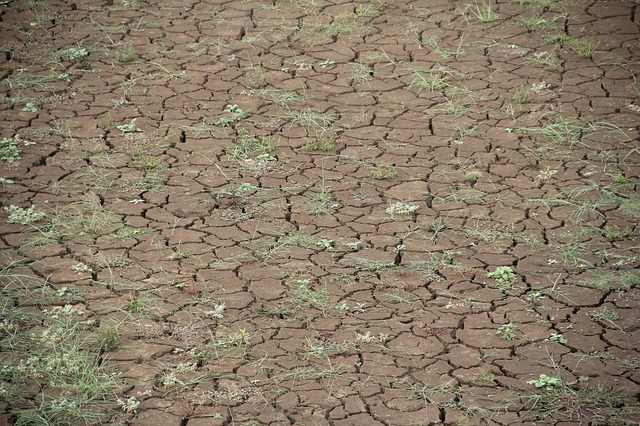WaterAid releases list of water-scarce regions to watch – millions of livelihoods threatened
- September 20, 2018
- Posted by: administrator
- Category: Environmental, Global

New analysis by WaterAid shows that cities and villages in northern and central India, Bangladesh, Myanmar, southern Madagascar and southern Mozambique are facing acute water scarcity threatening the lives and livelihoods of millions.
The international not-for-profit organisation has published the list of water-scarce nations ahead of the forthcoming global review of UN Sustainable Development Goal for progress on water.
Based on NASA satellite imagery released earlier this year, the analysis also examines current rates of access to water for rural and urban areas in most-affected regions. Based on current rates of access to water and unsustainable water usage, these are countries where the poor will suffer most.
While underground aquifers in other areas such as northern Australia and California are also facing serious depletion, WaterAid said it is the world’s poorest regions and nations which will feel the strongest impact, as large numbers of their residents have already struggled historically to access to a reliable, safe source of water.
Jonathan Farr, senior policy analyst on water security and climate change at WaterAid, said:
“This illustrates the injustice of climate change – while areas on our list have contributed least to carbon emissions, they will be most affected by its impact. Declining and unreliable rainfall, rising seas making groundwater saline, and overuse by industry and agriculture mean that the poorest in each of these regions are struggling even more to get by on limited supplies of water that is most likely not safe to drink.
“Drinking water is a human right, and as world leaders meet in New York in July to review the UN Sustainable Development Goal on water, we have only to look at this data and at these communities to know that progress is simply not adequate. We need to step up efforts to mitigate climate change, to help the poorest countries adapt to the change already upon them, and to ensure nations are making the most of this precious resource by prioritising and financing access to water, sanitation and hygiene for all.”
Regions and countries where access to water is most at risk include:
- Northern and central India. In India, 163 million people are without access to clean water close to home, or 15% of all rural residents and 7% of all urban residents.[i] Severe depletion of water in important underground aquifers in the north, already home to some of India’s poorest communities, further threatens their access to water. Recent reports have highlighted water crises in Shimla, Sonbhadra and Bundelkhand regions, among others.
- Bangladesh. Despite almost-annual monsoon flooding, fresh water that is safe to drink is an increasingly precious commodity, from depleted groundwater sources, dwindling rainfall and rising seas that leave water saline. Official statistics show that 4.3 million people are without access to water close to home; however, this number is likely larger when salinity of groundwater and naturally occurring arsenic, which is estimated to pollute a further 12.5% of household water sources, are factored in.
- Myanmar. Increasingly intense hot dry seasons, a decrease in rainfall and depletion of groundwater are contributing to annual water scarcity in Myanmar. Some 17.5 million people in the country are without access to clean water close to home, including almost 40% of rural residents.
- Southern Mozambique. Like nearby Cape Town, Mozambique’s capital of Maputo and surrounding area are facing acute water shortages, with rolling service cuts and rationing already in place, following failed rains and heavy use by large-scale agriculture. Some 14.7 million people in the country are already without access to clean water close to home.
- Southern Madagascar. The African island nation’s southern region has faced both severe drought and torrential flooding, which has taken a severe toll on communities. Only half of the country’s inhabitants have access to clean water close to home, leaving 12 million people without access.
Avinash Kumar, Director of Programmes & Policy at WaterAid India, said:
“Due to climate change, India has experienced extreme weather events in past few years – excessive rainfall, increased incidence of floods and droughts. Every year, lack of access to clean water adversely affects quality of life, particularly of the poorest, further setting them back.
“While the Indian government is taking steps in the right direction, it needs to approach the issue in a holistic manner by ensuring stringent measures to reduce pollution of water bodies, prevent excessive exploitation of groundwater, promote water recharge measures such as rainwater harvesting, treat wastewater and promote its use for non-critical services and ensure climate resilient water sector planning.”
